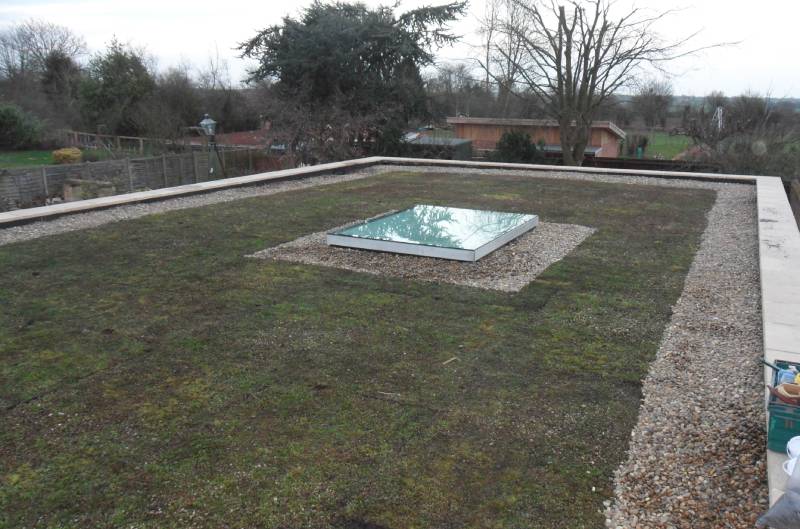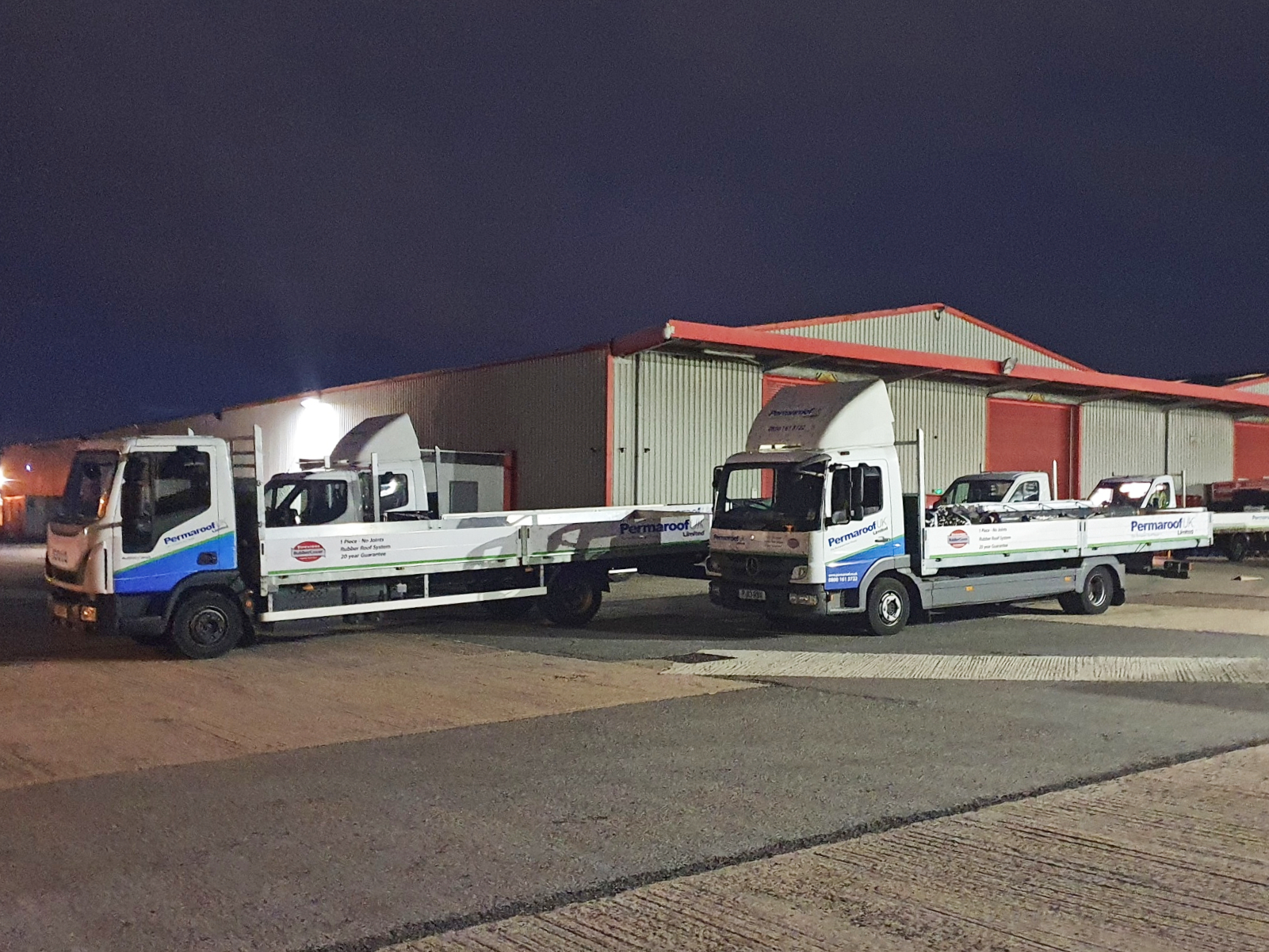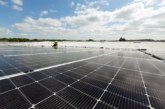
Green roofs are often thought of as a specialist feature and therefore overlooked by merchants, yet it can be easy speak to contractors about adding them as an extra service. Adrian Buttress, Managing Director of Permaroof, explains the simplicity behind creating a sustainable roof when you choose the right materials.
Green roofing is one of the fastest-growing eco-friendly options for homeowners who want to boost sustainability while extending their home, offering great benefits as well as simply being an attractive feature.
Green roofs are also known as ‘living roofs’ and, as the name suggests, they have a visible top layer that consists of plant medium. There are several ways a living roof can be crowned, depending on the taste of the building owner, the purpose of the green roof (such as whether it’s a flat roof on an extension or garden room, or on something smaller such as the top of a bin- or bike store) and its weight-bearing capacity.
There are different types of green roofing and the type that is specified will depend on its usage. However, in simple terms green roofs consist of layers of materials with a base, waterproofing membrane at the bottom, protected from the drainage layers by insulation medium, and a planting layer on the top. Planting layers typically consist of ground cover, water-loving plants like sedum and other succulents, moss and grasses.
The base membrane is arguably the most important layer to get right. Once you’ve determined that the structure will take the additional weight of a green roof (a surveyor may need to confirm this), using a good quality, reliable waterproofing membrane is critical. Indeed, the creation of a green roof can be a costly, time-consuming process for the client that will be wasted if the base membrane fails and needs to be replaced, not to mention any reputational damage if regular failures occurred.
The base layer must provide waterproofing across the entire project and must be effectively adhered directly onto the roof deck. As such, EPDM membrane is perfect for a long-term living roof, providing 100% waterproofing. Firestone RubberCover systems — available via Permaroof — are installed in a single sheet with no joins, eliminating the vulnerabilities caused by joined membranes.
Such EPDM membranes carry a life expectancy of more than 50 years, proven in the field all over the world in a wide range of climates. Once laid, EPDM is reliable enough to protect the flat roof deck beneath the green roof from water ingress.
Because the planting medium absorbs rainfall so effectively, there is often a consistent water presence that seeps through the drainage and protective insulation layers before reaching the membrane. This is where the membrane comes into its own. After investing the time into building and creating a living, or green roofing system, failure of the vital drainage layer could be disastrous. Here, EPDM membranes are not only reliable but offer the best protection over time than any other membrane for flat roofing.
Additional design tips
1: Use insulation widely across the living roof
The base waterproofing membrane needs to be completely protected from the gravel and any sharp stones used in the following drainage layers. Although EPDM does not damage easily, adequate protection should be given to avoid puncturing the membrane. Cover the entire surface area with suitable insulation, such as geotextile fleece, rot-resistant cushioning, or old blankets.
2: Consider maintenance aspects during the green roof design process
There are three types of green roof design — extensive, semi-intensive and intensive. Extensive green roofing is the low-maintenance option and is often planted with mediums that are mostly self-sustaining and hardy against most weather conditions. The most successful plants for extensive green roofs are sedum, rough grasses, or moss.
Semi-intensive design is often used in roofing that can be used and walked upon, such as roof terraces. Paths with planting that can be lightly maintained are ideal. Finally, intensive green roofing is often the most weight-bearing option, so advice from a surveyor or architect is advised to make sure the current roof can support the additional weight.
3: Add interest around the edges
Dull, yet necessary drainage channels can be made much more attractive around the edges of a green roof if filled with stones of differing sizes. A cheaper, rough gravel layer on the bottom can be disguised with larger pebbles and rocks arranged to be seen from the ground. Adding large stones or even a water feature can make a huge difference and break up the effect of a moss or grass roof.
The final point is that merchants should choose a supplier that can support a contractor’s design vision and has a dedicated knowledge of green roofs. This includes support of the design or aesthetic value of the intended roof as well as consideration of creating habitats for urban wildlife, surface water management, sound insulation, and energy efficiency.
To find out more about green roofing, and to see the range of products available from Permaroof, go to: https://www.permaroof.co.uk/green-roof-products
MD Adrian Buttress said: “One of the challenges we faced during lockdown was couriers starting to let us down, with an obvious knock-on effect to our customers and in turn, their clients. As an independent family-run business, it’s just so important that our standards of service remain consistent, so this investment was essential.”









